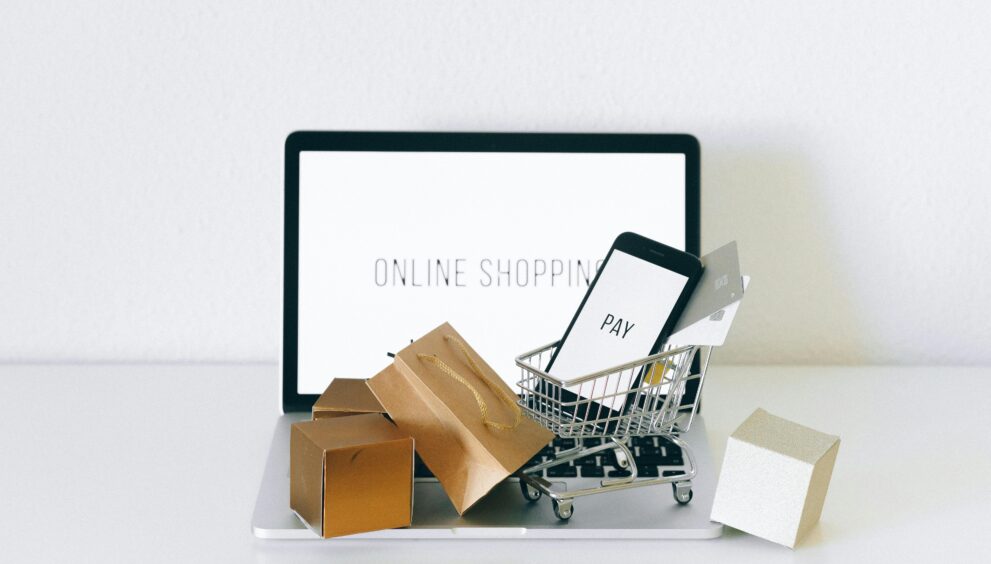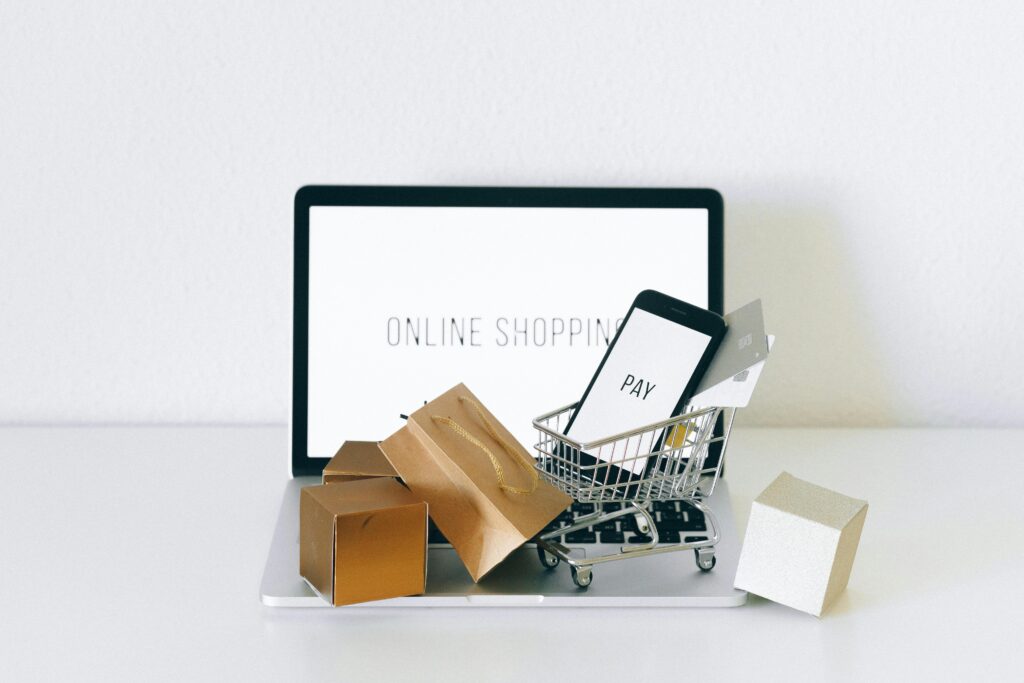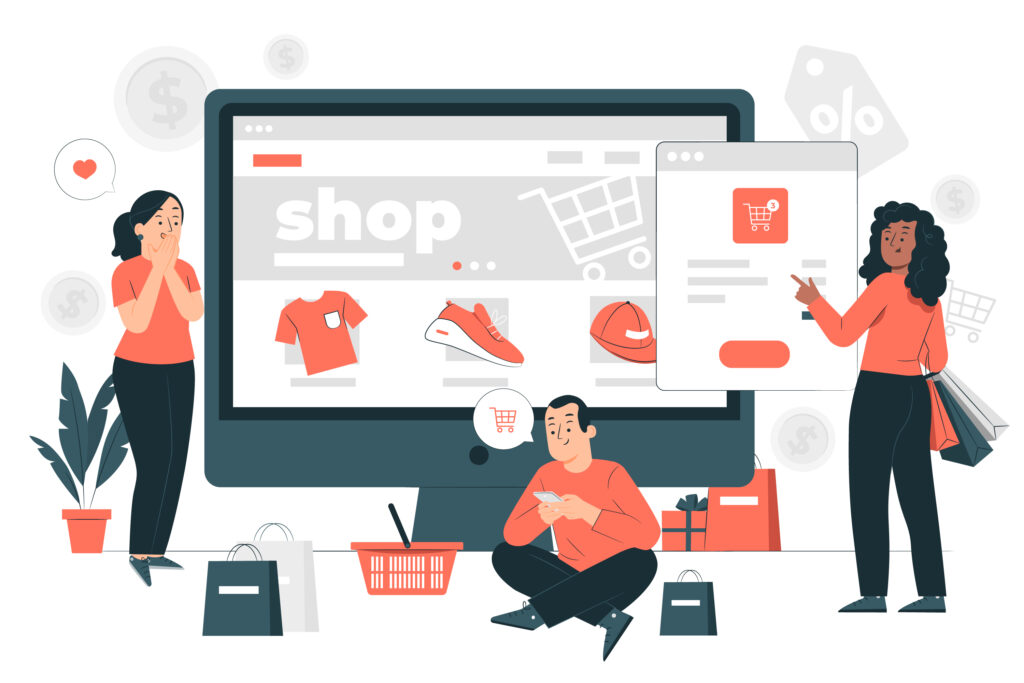How To Start An E-commerce Business

When you see the success stories and growth of big e-commerce companies like Jumia, Konga, Amazon, Jiji, etc, the hunger and thirst to own an e-commerce company increases. Who wouldn’t want to be associated with success? Plus, e-commerce has proven very profitable over the years, so why not? Starting an e-commerce business isn’t as easy as it seems, but in today’s article, we’ll break down the process of starting your e-commerce business into bits. That said, below is how to start an e-commerce business.
How To Start An E-commerce Business
1. Research, research, research before you start an e-commerce business
One mistake most people make is venturing into an e-commerce business without prior research. If you venture into an e-commerce business without researching, it will flop. So, before starting your e-commerce business, make sure you find out as much as you can. Know what owning an e-commerce business entails, study top e-commerce brands closely, and see how they managed to get to the top. Also, research your direct competitors. Research everything!
2. Decide on what you want to sell.
Deciding on what to sell is often a crucial determinant in the success of any e-commerce business. Now, what most beginner e-commerce owners do is sell any random product; that’s so wrong! Before selling a product, it’s essential to ensure that there is a high demand for it. Ensuring high demand for your product is crucial. Even the best products can flop if customers don’t need them. It is not enough to sell a product just because you like it or because it sounds like something that’ll make waves in the market.
That said, before choosing to sell a product, research and ensure that it solves a problem and that customers need it. If your product doesn’t solve a problem, people won’t feel the need to buy it. And, if people don’t need your product, you’ll struggle to make sales. We all know that a lack of sales is the fastest way to take any business to its early grave. So, consider these factors before deciding on what to sell.
3. Identify the gaps in the market.
Regardless of what type of product you want to sell, chances are there are people already selling a similar product. If your e-commerce business is going to stand out, doing things the same way your competitors are doing things, and doing things in the ordinary wouldn’t help. If you want your e-commerce business to flourish, you need to identify the gaps in the market and fill those gaps.
By doing this, you give your business an edge, remain one step ahead of your competitors, and position your business as the best in the eyes of the consumers. You can identify the gaps in the market by researching and talking to potential customers about their frustrations with the products they already use, etc.

4. Choose a business model.
Often, the kind of product you want to sell will determine the business model your e-commerce business will adopt. Before choosing your business model, look at the product you aim to sell, identify the people you want to sell to, and choose a business model that aligns with your customers. There are different types of e-commerce business models. Below are the most common types:
- Business to Consumer (B2C)
B2C e-commerce is the most common type of e-commerce. In B2C e-commerce, businesses sell products and services directly to consumers. Consumers or end users buy the product or service for personal use. Examples include online retailers like Amazon and eBay.
- Business to Business (B2B)
In B2B e-commerce, transactions occur between businesses; this can involve wholesale suppliers selling products to retailers or manufacturers selling components to other manufacturers. B2B platforms like Alibaba facilitate these transactions, often involving larger quantities and bulk pricing.
- Consumer to Consumer (C2C)
C2C is a fascinating type of e-commerce. In C2C, transactions occur between two consumers. C2C allows consumers to sell products or services to other consumers. Platforms like Etsy and Craigslist enable individuals to list items for sale, creating a marketplace for second-hand goods or handmade products.
- Consumer to Business (C2B)
In this type of e-commerce, individuals offer products or services to businesses. A solid example of customer-to-business e-commerce is freelancers providing services on platforms like Upwork or Fiverr, where consumers can sell their skills or products to companies.
5. Source your products
After you’ve done the steps above, the next thing is to source your products. It’s not enough to choose what you want to sell. What’s better is the quality of your products, so you need to find the right source for your products. Below are a few ways you can source e-commerce products.
- Liaise with a manufacturer
If you’re developing your product from scratch, it’s crucial to collaborate with a manufacturer. Although liaising with a manufacturer can take time and resources, it’s always a worthy investment as you control everything about your product, from how it looks to packaging, etc. Quality should be your watchword, so before picking a particular manufacturer, you may want to find a few manufacturers (maybe four of them), ask each to do a sample for you, and then choose the manufacturer with the best sample. Before opting for a particular manufacturer, consider factors like the manufacturer’s attention to detail, speed, and precision.
- Resell products
With reselling, you order products from suppliers or other vendors and then resell them to the end customer. One advantage of this sourcing option is it helps eradicate the cost of liaising with a manufacturer. However, to be successful with this sourcing method, it is essential to establish strong relationships with suppliers. Buying from suppliers ensures you buy at cheaper rates, make more profit, and secure a steady supply chain for your business compared to buying from fellow vendors like yourself.
- Dropshipping
Dropshipping is a method of selling products without keeping any inventory in stock. Not keeping inventory in stock means you don’t purchase and store products for your business in advance, and instead of holding the products yourself, you rely on external sources to fulfill orders as they come in. In dropshipping, you set up your e-commerce store where you list products for sale, but you don’t keep products in stock.
So, when someone buys something from you, since you don’t have the product in stock, instead of packaging and shipping the product yourself, you send the order details to a supplier who has the product in stock. The supplier will handle the packaging and ship the product directly to the customer. How then will I earn, you ask. You earn the difference between what the customer paid and what you paid the supplier.

6. Choose your platform
So, with E-commerce, the right platform makes such a difference. And often, when choosing a platform for an e-commerce business, most people are usually faced with two crucial questions. Should I get my own website? Or should I start on an already established website like Jumia or Amazon? You can make the most of your e-commerce business regardless of which you choose.
Before deciding between these two options, it is crucial to consider certain factors. Having your own website and selling on it is fantastic; the flexibility and authority you get when you sell on your own website is second to none. However, do you have the time, skills, and money to manage a website? Also, if you lack the time and expertise, can you afford to pay a professional e-commerce website manager to control the website and ensure it is always in good shape and optimized for search engines? If you answered no to these questions, you may want to start with an established e-commerce website like Amazon.
Already established e-commerce websites like Jumia, Konga, and Amazon have established traffic and can help you increase your visibility and make sales without thinking about how to source funds for creating a new website or how to squeeze out time to dedicate to running the website.
After selecting the right platform, begin listing your products and start selling. The world is your oyster!
There you have a detailed guide on how to start an e-commerce business. The steps outlined here are crucial if you want to start an e-commerce business, so ensure you follow them religiously when starting your e-commerce business. Starting your e-commerce business isn’t a walk in the park so when starting your e-commerce business, make sure to do your due diligence. Lastly, after reading this, if someone asks you how to start an e-commerce business, we bet you’d explain to them like a pro! We hope you enjoyed reading!













